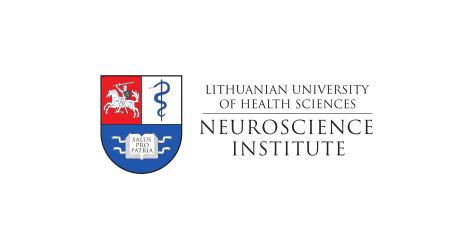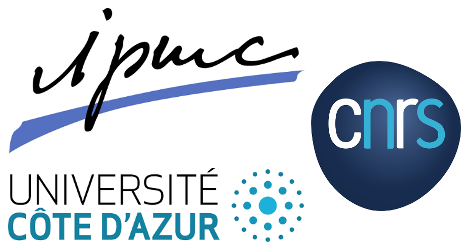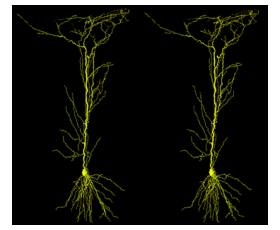The Project
- The MILEDI project involves teams of computational and experimental neuroscientists from:
- Neuroscience Institute, Lithuanian University of Health Sciences, Kaunas, Lithuania (Project coordinator),
- Institut de Pharmacologie Moléculaire et Cellulaire/ Centre national de la Recherche Scientifique, Valbonne, France,
- Institute of Biophysics, National Research Council, Palermo, Italy
- in collaboration with the Human Brain Project.
- Start date: 1 April 2020
- Project duration: 3 years




Neuron images for the title page provided courtesy of Dr. Christian Ebner
(NeuroCure Cluster of Excellence, Charité–Universitätsmedizin Berlin, Germany)
(NeuroCure Cluster of Excellence, Charité–Universitätsmedizin Berlin, Germany)
